My final two World Heritage Site visits on the Kenyan coast, synchronously being the last in Africa, were both Cultural Sites that provided a welcome change of style, relative to recent months. One of those was small and simple to visit, while the other was somewhat more extensive and required more effort. By the time I had reached Mombasa, where the daily heat routinely exceeded the levels which I had been enjoying up on the plateau, I was ready for a short break, and appreciated the ability to to see these Sites in a more relaxed way. As it turned out, the break I actually had was significantly longer than I desired, which caused additional issues for me, but that is a different story.
The first Site was Fort Jesus, a colonial era fortress located just a few blocks from the modern city center of Mombasa. The List contains a fairly large number of old forts, located on various continents, and over the years I have seen many of those. As a group there are certainly many similarities between them, and that may lead to some amount of seen-one-seen-them-all impressions. However, each Site has its own unique characteristics and its own story to tell, so it is always worthwhile to visit a variety of examples. One weekday morning, I walked down to the Site and, unsurprisingly, was pounced upon by one of the many local guides who were lazily sitting around the entrance, enduring a continued severe slowdown in their livelihoods. Normally, I might bypass such a service, preferring to wander around on my own, but, under the circumstances, this time it seemed like a better idea to let him show me around for an hour or so.
The name of the Fort arose because its perimeter traces out the shape of a human standing with arms outstretched, though it is not really easy to make out this shape from ground level. Another uncommon aspect is that during is active use the Fort was a possession of three very different governments over three periods of time. The first were the Portuguese, who initially built the Fort in the 1590s to protect the port of Mombasa. Next were the Omanis who controlled, off and on, it for two hundred years, starting in 1695. Finally, the British took possession when they occupied Kenya. This resulted in a rather curious mix of built elements with various styles in its interior, as it was frequently rebuilt and repurposed. During most of its first few centuries the Fort acted as both a military post and an office of the slave trade, while in the British period it became a prison. Other interesting features seen inside were wall panels decorated with sketches made during the Portuguese period that depict life in that time, and a small museum, whose exhibits contain many artifacts that illustrate the extent of the Indian Ocean trade network.
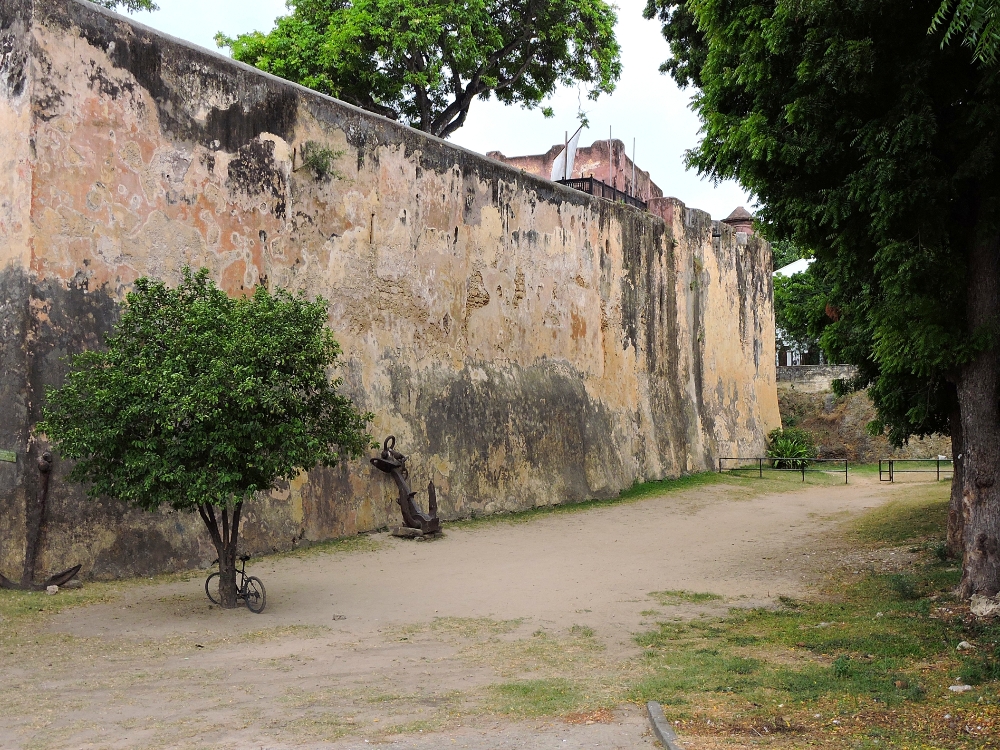

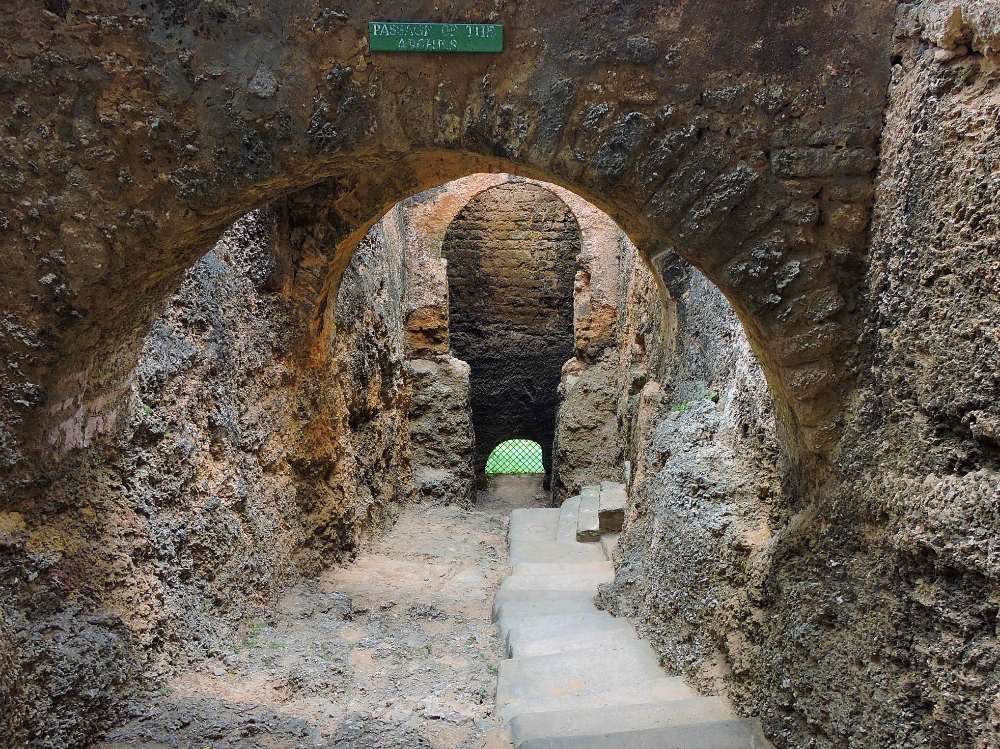
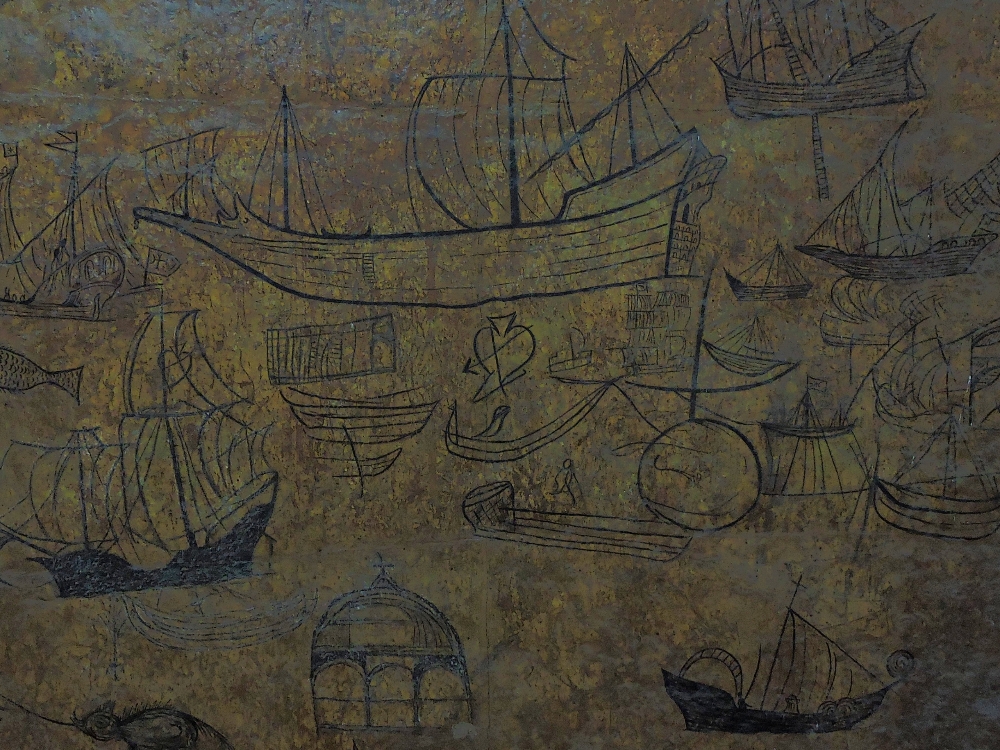
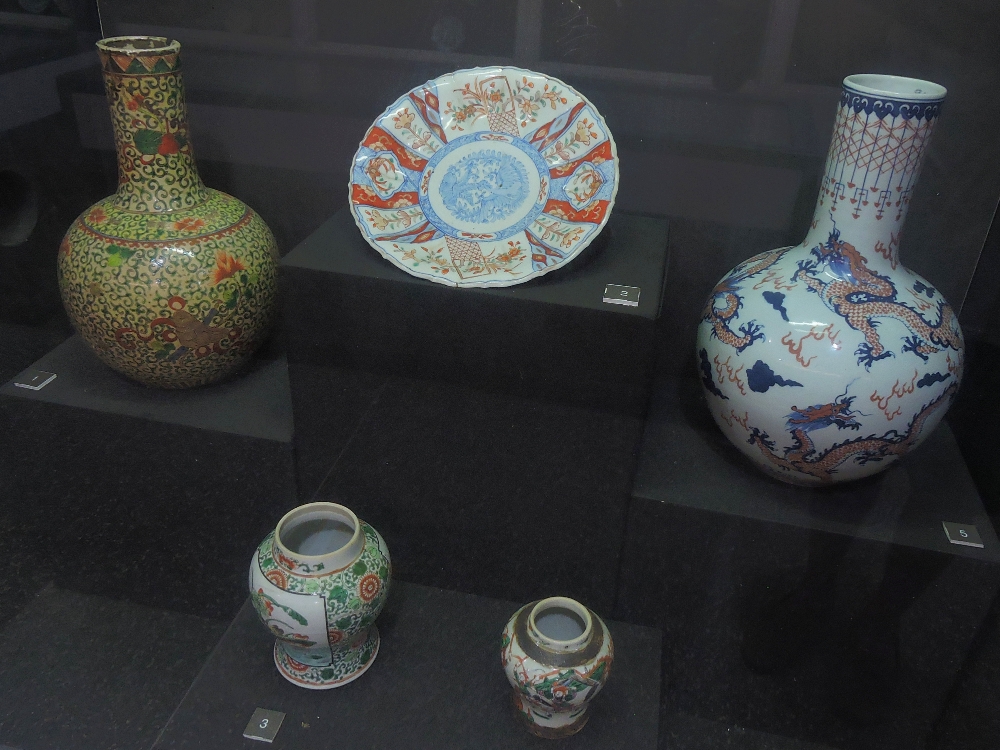
Trade was also an important part of the history of the next Site, Lamu Old Town. This was a site that I had wanted to visit during the Tour of Gondwana, but its rather remote location made that impractical for me at the time. Lamu lies a few hundred kilometers north of Mombasa, on a small coastal island. It does have road access from Mombasa, though online maps still show the last eighty kilometers of that distance as being a dirt surface, however, I eventually learned that was incorrect. It is also said that, given the town’s proximity to Somalia, security is uncertain along the route. I normally would have preferred to get there by cycling, and may have overlooked those first two concerns, but doing so would have required a duplicate ride back to Mombasa, and that prospect was not very appealing at the time. Therefore, I left the bike in Mombasa, took a short flight to Lamu in the morning, stayed overnight, then returned the following day. This was an adequate amount of time to get a reasonable understanding of the Site, however, it was an enjoyable place for me and I could happily have stayed a little longer.
Lamu was one of the most important towns and ports of the ancient circular Africa-Arabia-India monsoon trade route. The original town was built in the Swahili style and its location on an island with limited access meant that its original structures and plan have largely remained intact. The airstrip is located on an adjacent island and visitors are then shuttled across the harbor to the Old Town using small motor launches. There is a somewhat more modern resort-style zone a few kilometers away, close to a potentially interesting beach, which held some conventional small hotels and a few villas belonging to minor European royals and other celebrities, as well as some other accommodations displaying ostentatious wealth laced along the channel. None of that is part of the Heritage Site, so I only passed them by during an evening boat ride.
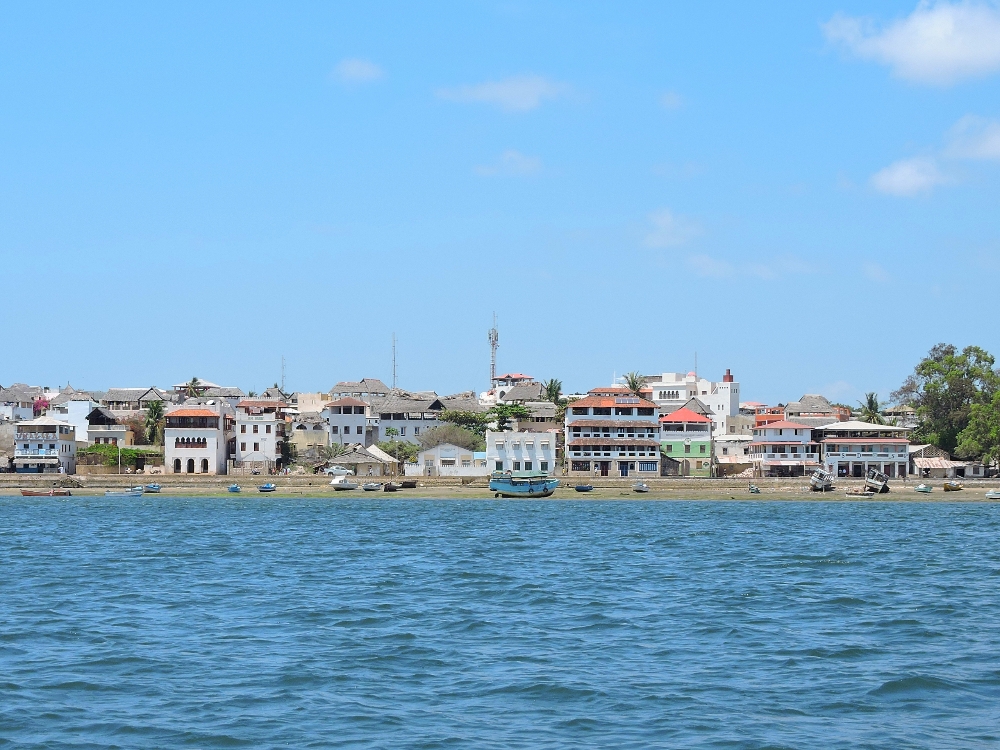
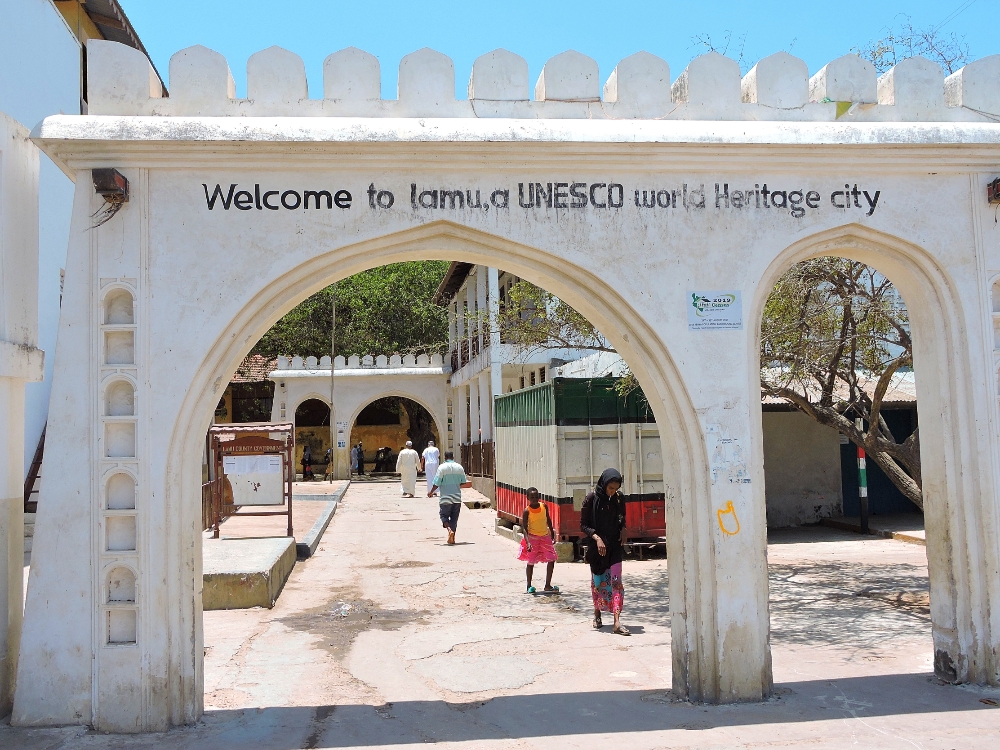
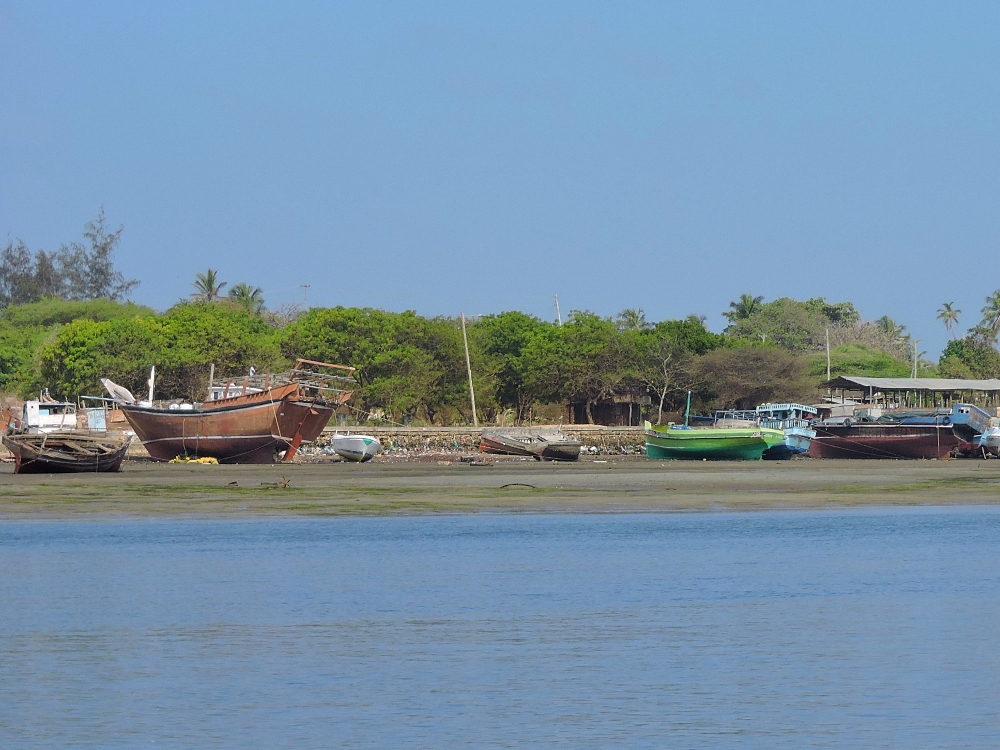
There was an interesting museum in the Old Town, and another small fort, and I had an adequate amount of time to visit those, but my favorite times were spent simply wandering around the town. Buildings in Lamu were primarily constructed using thick walls of coral-stone blocks, with coatings of light-colored plaster. Superficially, they don’t appear particularly uncommon, but some of their subtle details belie their distinctive histories. This is very similar to the more famous Stone Town on Zanzibar, which is also a World Heritage Site. In Lamu, like in many other historic town centers, most of the buildings now house modern businesses, but, in contrast to many of the others, in Lamu none of those are tourist-oriented establishments. Instead, fabric shops, hardware shops, and similar outlets take their place and I think that is really great.
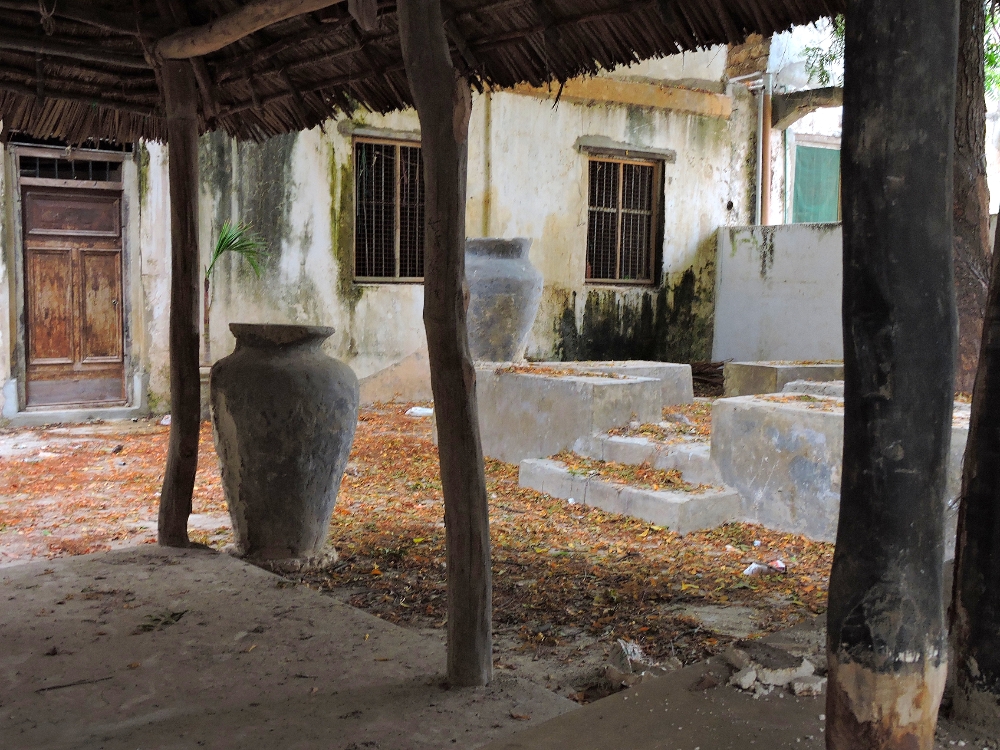
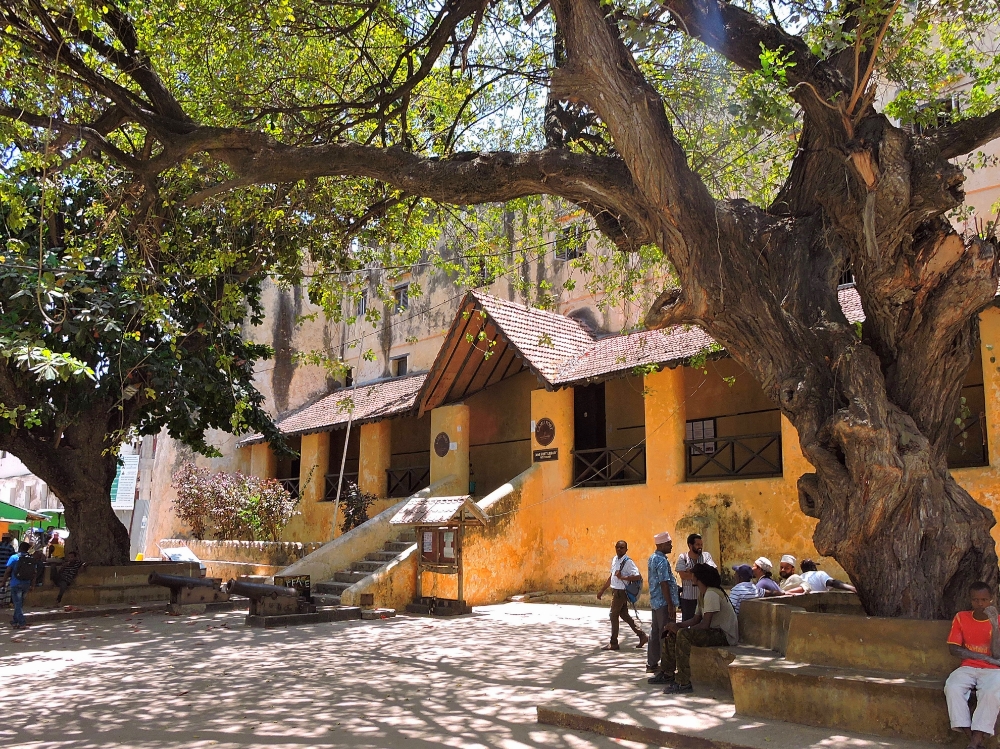
One of the particular designs I very much appreciated was the use of very narrow passageways between the major buildings. This intentional practice dramatically increases the length of time the street is in the shade and I can attest to the fact that this makes an incredible difference in the ability to go about one’s daily activities.
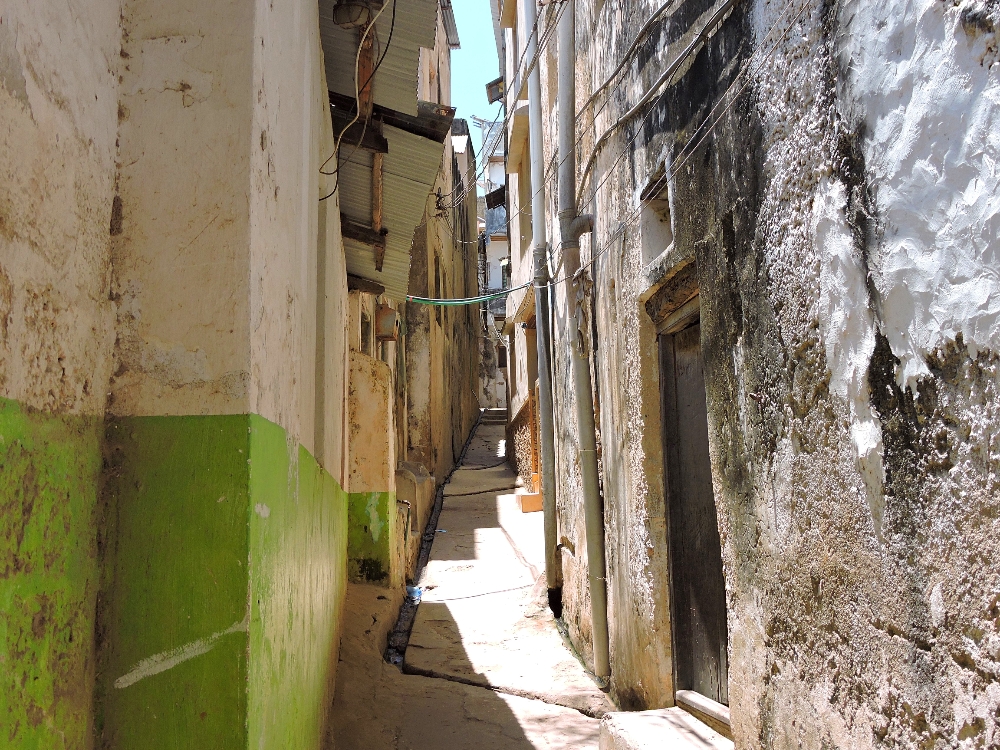
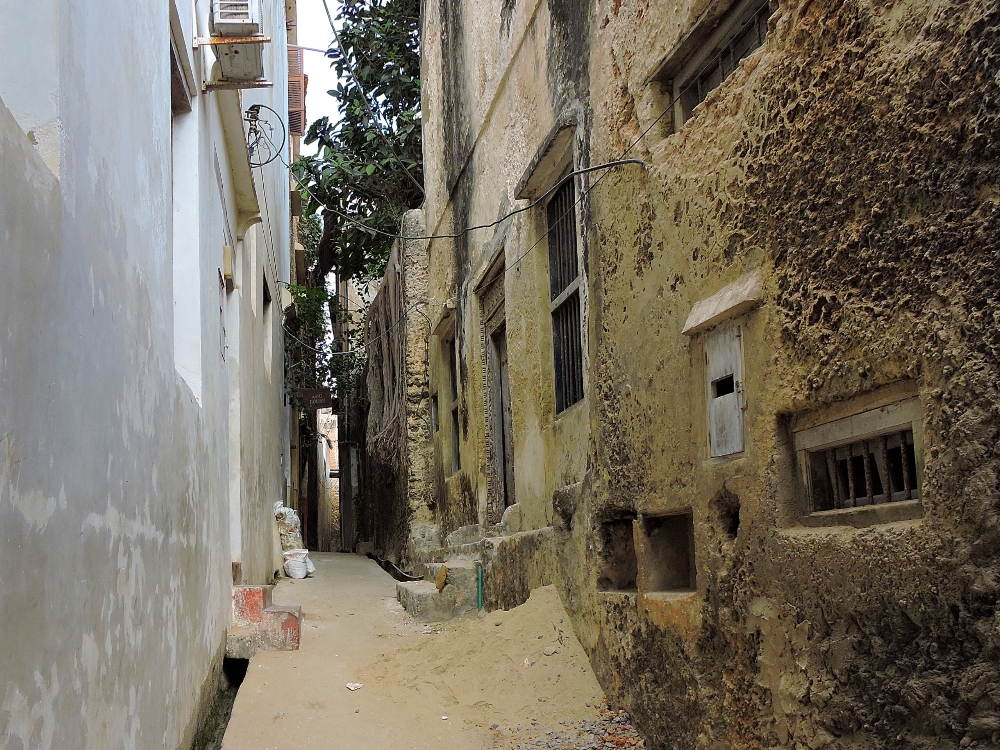
An even more beautiful benefit of that feature is that there is not enough room for probably the worst development of our current World, the motor vehicle. In fact, because of that, and the town’s island location, there are no automobiles in Lamu at all, and that characteristic, by default, means that I will instantly enjoy a place. There are a few motorbikes, but they are often dominated by the two most commonly used methods of movement, walking and donkeys. The latter are used for transporting cargo through the narrow streets, and their gentle nature make them much more appealing features of a city, compared to their diesel-soot belching counterparts. There is also a sanctuary for them to recuperate in the event that the they become injured or ill, or presumably, if they simply need to retire.
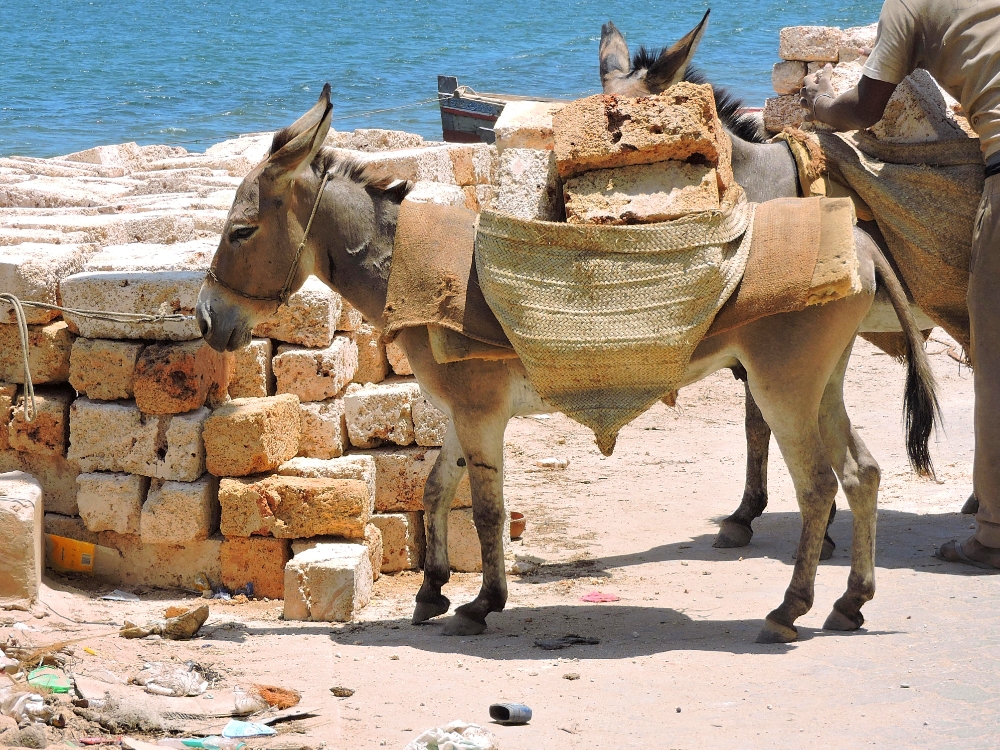
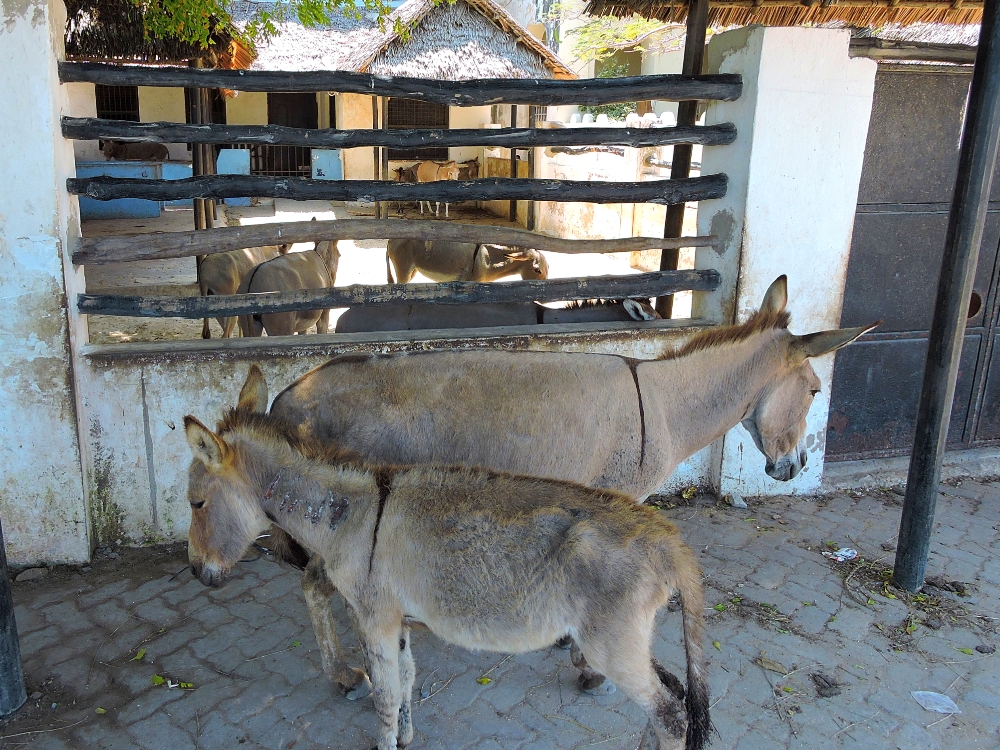
For me, one of the nicest details I saw in Lamu was the large number of traditional Swahili doors installed on many of the town’s buildings. One of the last projects I did before the Tour began was building an entry door, which is now being stored for future use. So interesting doors always attract my attention, and the craftsmanship of these was generally outstanding. Built with local hardwoods, they usually show elaborate carvings along their tops, sides, and on their central posts.
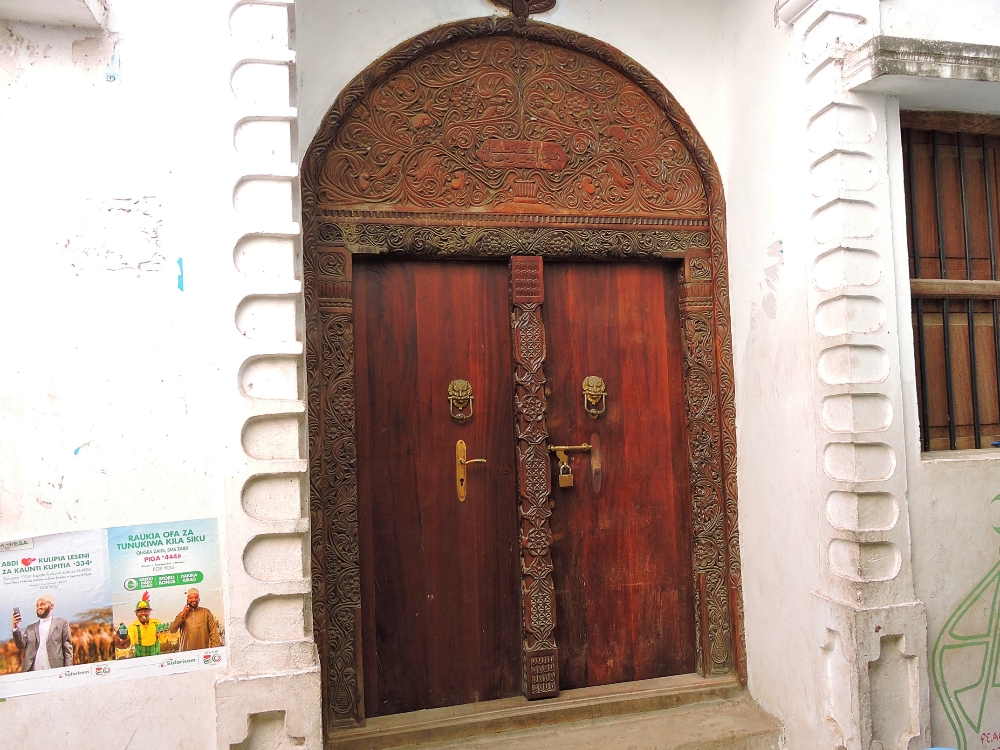
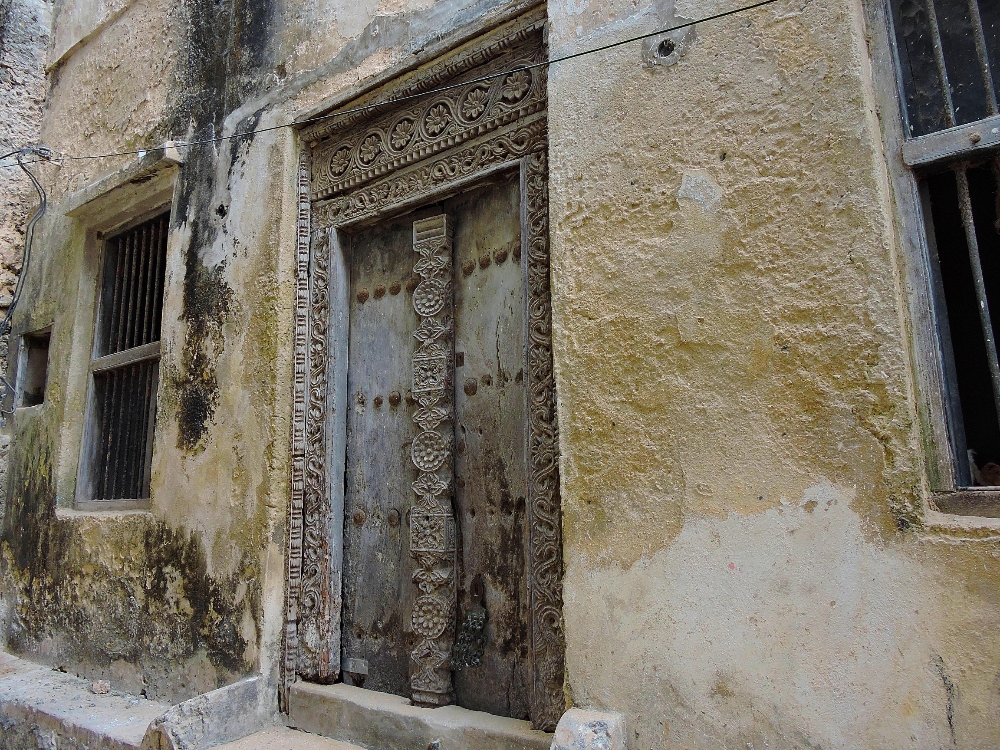
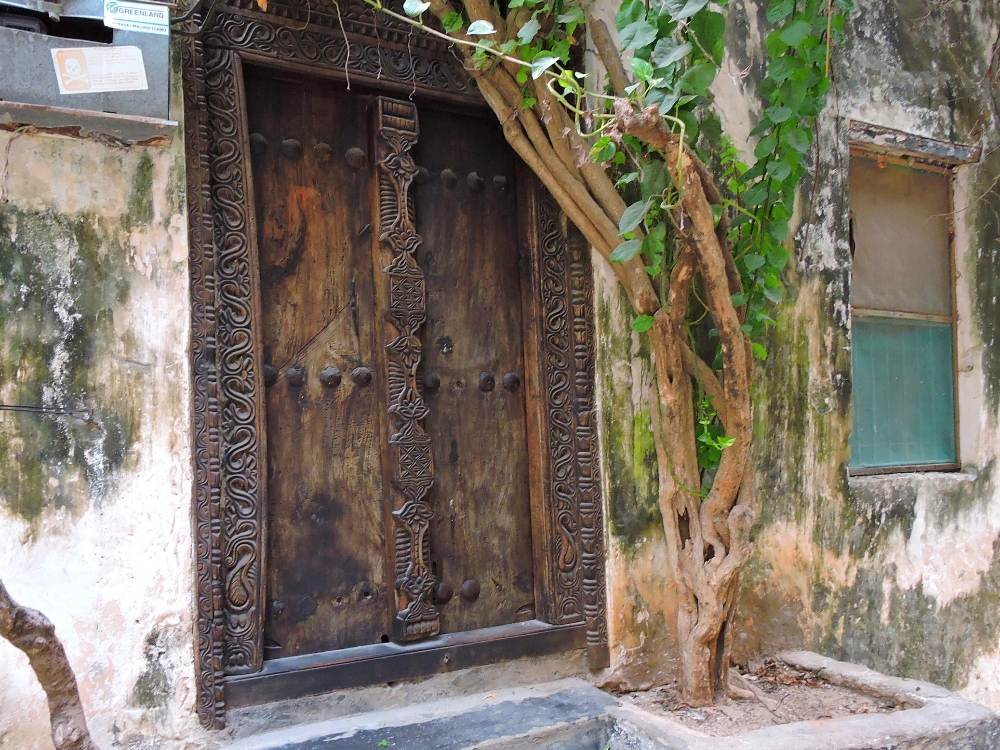
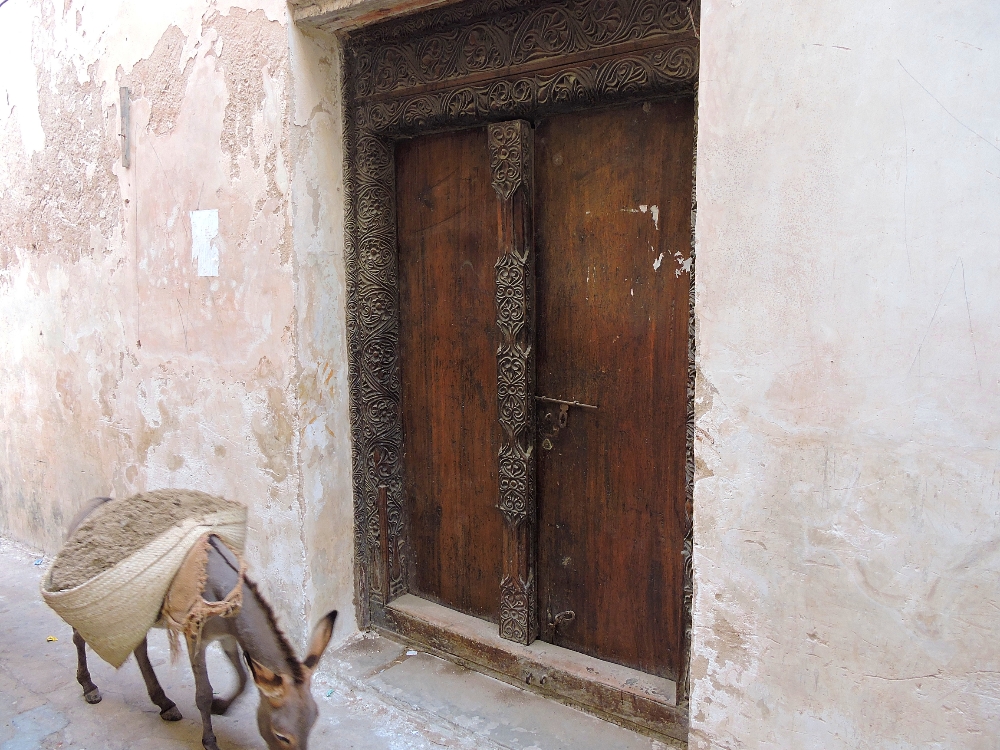
While these Sites were not exactly spectacular, I definitely enjoyed them, Lamu in particular, and they were a nice way to finish up this section of the Tour. Even more so because it was not clear which, if any, Sites I would next be able to see going forward.